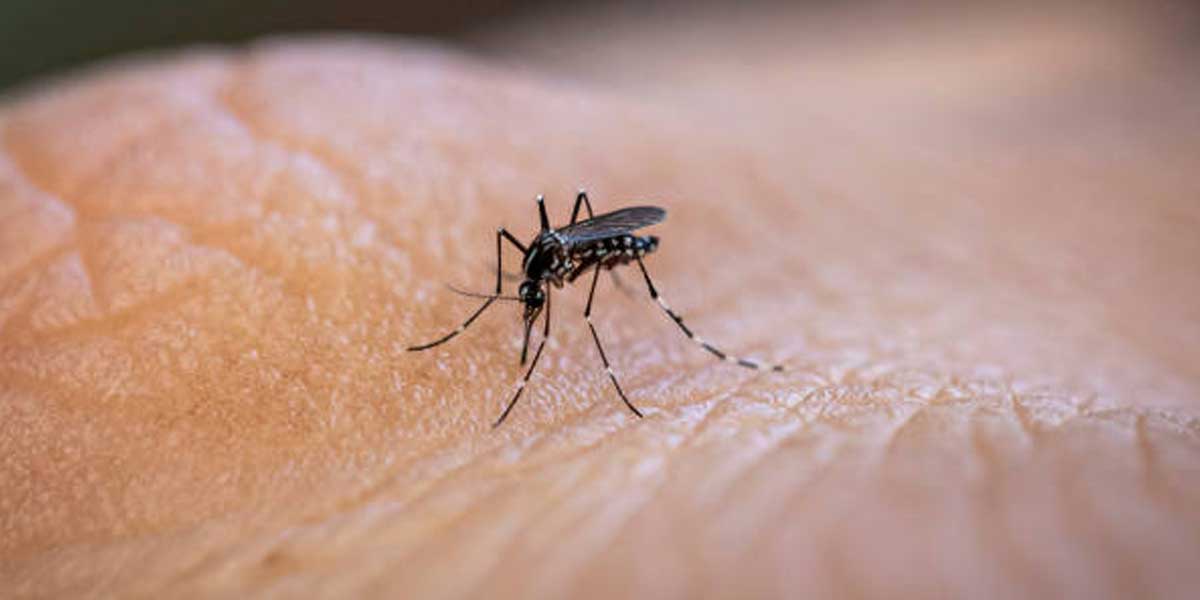The Philippine fishing industry stands at a critical crossroads, burdened by an aging workforce, systemic challenges, and legal setbacks that threaten its viability.
A recent report by the Philippine Statistics Authority (PSA) underscores a significant demographic shift in the industry. Between 2012 and 2022, the number of fishing operators aged 50 and above surged by 36.4%, while those under 50 declined by 3.6%.
The aging workforce is a symptom of a deeper crisis. Younger Filipinos are turning away from fishing, discouraged by low incomes, environmental instability, and more lucrative urban opportunities.
Incomes for small-scale fishers average PHP 3,000 to PHP 5,000 monthly, far below the poverty threshold. In contrast, entry-level urban jobs offer PHP 18,000 to PHP 25,000.
Additionally, climate change compounds the problem, making fishing more dangerous and unpredictable. Rising sea levels and erratic fish migration patterns challenge even the most experienced fishers.
Another blow to the sector came with the Supreme Court’s recent ruling declaring provisions of the Fisheries Code unconstitutional. The ruling now allows commercial fishing operations in municipal waters, intensifying competition for small-scale fishers already struggling to sustain their livelihoods.
Small-scale fishers, who form the backbone of the industry, are now pitted against larger, better-equipped commercial players. This undermines the intent of municipal waters to protect traditional fishing communities and ensure food security.
Meanwhile, the government’s modernization initiatives have had limited impact. Programs like the Fisheries Scholarship Program and low-interest loans are steps in the right direction but fail to address the root causes of the sector’s decline.
The Bureau of Fisheries and Aquatic Resources (BFAR) aims to increase youth participation by 20% by 2028, but this goal seems ambitious without tackling deeper systemic issues. Efforts to modernize the industry must go beyond technology upgrades and include robust social protection, equitable access to resources, and environmental sustainability.
Moreover, gender imbalance persists, with women comprising only 5% of fishing operators. Despite some regional progress, significant barriers remain for women to play larger roles in the industry.
The challenges in fishing mirror a broader crisis in Philippine agriculture, where aging workers and declining youth interest threaten food security and economic stability.
To secure the future of fishing, stakeholders must adopt a multifaceted approach. This includes stronger enforcement of fisheries laws, revisiting the Supreme Court ruling’s implications, and ensuring fair competition between small-scale and commercial fishers.
Policymakers, industry leaders, and communities must work together to make fishing a viable and attractive career for young Filipinos. Without decisive action, the sector risks losing not just its workforce but its role in sustaining the nation’s food supply and rural economies.























